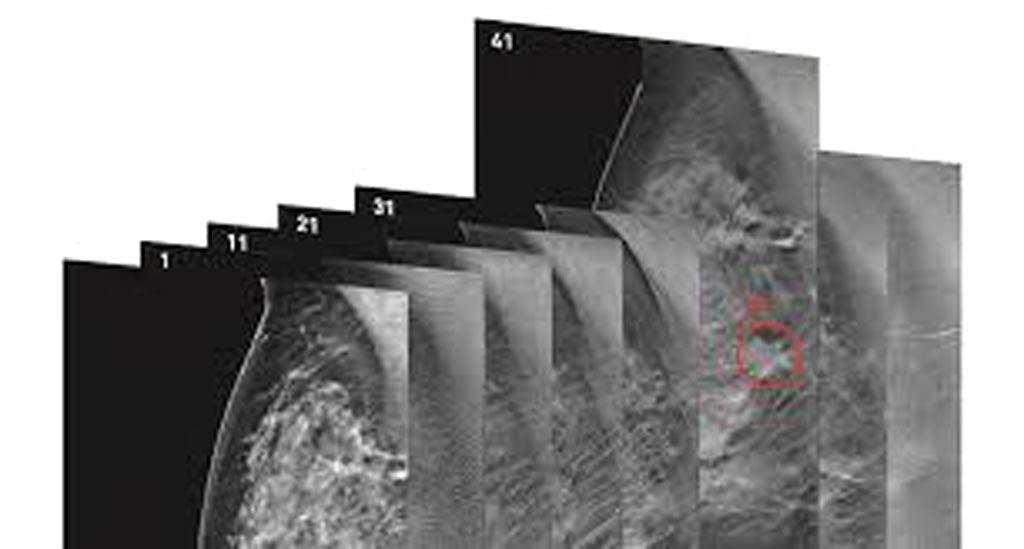AI-Driven Software Assists Radiologists in Reading Exams
By MedImaging International staff writers
Posted on 01 Mar 2018
An Artificial Intelligence (AI)-driven decision support software engine, which assists radiologists in reading digital breast tomosynthesis (DBT) and mammography exams on breast-reading workstations, was launched at the European Congress of Radiology (ECR), Vienna, Austria, February 28 – March 4, 2018. The software engine named Transpara DBT was launched by ScreenPoint Medical (Nijmegen, Netherlands), which develops and markets image analysis technology and services for automated reading of mammograms and digital breast tomosynthesis exams, exploiting Big Data, Deep Learning and the latest developments in AI.Posted on 01 Mar 2018
Transpara DBT utilizes breakthrough image analysis and deep learning technologies for providing information to significantly improve reading workflow for DBT on breast reading workstations. It allows the reader to automatically jump to a relevant DBT slice in both the CC and MLO 3D data, by simply clicking on a suspicious region in a synthetic mammogram. Transpara DBT marks the lesion in the relevant slices and provides quantitative decision support for individual soft tissue lesions and calcifications, thereby improving the radiologists’ reading accuracy and confidence in their assessment.

Image: The software engine named Transpara DBT is intended to assist radiologists in reading digital breast tomosynthesis and mammography exams (Photo courtesy of ScreenPoint Medical).
Additionally, Transpara DBT combines the analysis of soft tissue lesions and calcifications, if present, from all available views of an exam to compute a single score for the case on a scale of 1 to 10. This represents categories with increasing occurrence of cancer. The Transpara Score can be used by healthcare professionals and organizations to automatically identify exams that are highly likely to be normal and to help identify cases that need increased attention.
The software engine is multi-vendor and communicates via DICOM, allowing integration into PACS and mammography reading workstations. The Transpara algorithms use the full 3D information in DBT data and have been trained on very large databases, including thousands of examples of breast cancer and false positives.
“Transpara DBT was developed with the goal of improving the efficiency of reading tomosynthesis exams,” said Prof. Nico Karssemeijer, PhD, CEO of ScreenPoint Medical. “By providing interactive decision support to radiologists, we aim to help all readers achieve better performance and improve their workflow, representing a significant innovation in breast cancer screening.”
Related Links:
ScreenPoint Medical








 Guided Devices.jpg)





